 spieth12@spiethstorage.com
spieth12@spiethstorage.com +86 18006010205
+86 18006010205
-
Time:9/16/2025
-
Time:9/15/2025
-
Time:9/10/2025
-
Time:9/5/2025
-
Time:9/2/2025
-
 Tel : +86 18006010205
Tel : +86 18006010205
-
 E-mail : spieth12@spiethstorage.com
E-mail : spieth12@spiethstorage.com
-
 Address : Tongan Park, Tongan District, Xiamen, China 361023
Address : Tongan Park, Tongan District, Xiamen, China 361023
What you have to know about the manufacturing process of warehouse racking
 Time:2/16/2022
Time:2/16/2022 2152
2152The manufacturing process is an important part of the manufacturing enterprise, but what exactly is the manufacturing process for the major industrial racking components? How are the beams and columns that make up the structure of a storage system primarily manufactured?
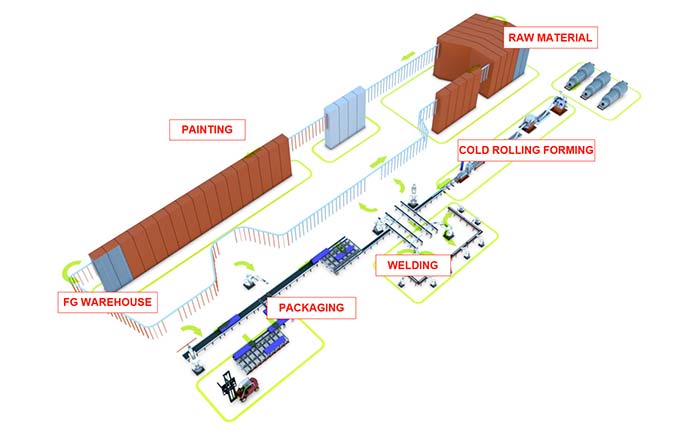
Industrial racking raw materials
Within the case of industrial racking, knowledge of the raw material (in this case steel) is key, as it provides the basis for using the appropriate quality of raw material for each product.In order to manufacture storage system components and according to each of their requirements, different grades of steel are used according to the following standards.
EN 10025: Hot rolled steel products for structural use.
EN 10346: Continuous hot-dipped coated steel flat products. Technical conditions of supply.
EN 10149: Hot rolled flat products made of high elastic strength steel for cold forming.
EN 10139: Mild steel strip, uncoated for cold forming.
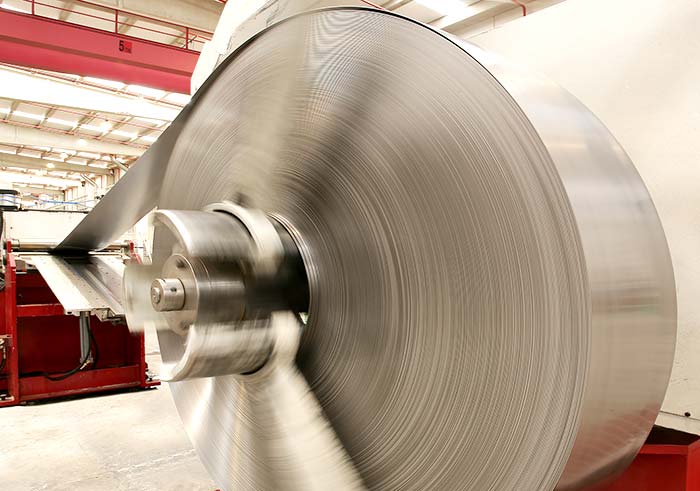
Profiling process
At this stage, by strictly controlling the dimensions of the profiles, the machines that produce rolled steel with advanced, robust and versatile technology will help to ensure that the product is always within the established quality parameters.In a high quality and demanding profiling process, a complete list of dimensions must be defined for each manufactured item (in this case beams and columns) and constantly checked during each production order. Each critical measurement must be controlled to ensure the correct behavior of the product under installation assembly and load application.
In this part of the process, some industrial shelving manufacturers implement a traceability process in their components, using serial numbers to identify each component, making it unique and easy to identify.
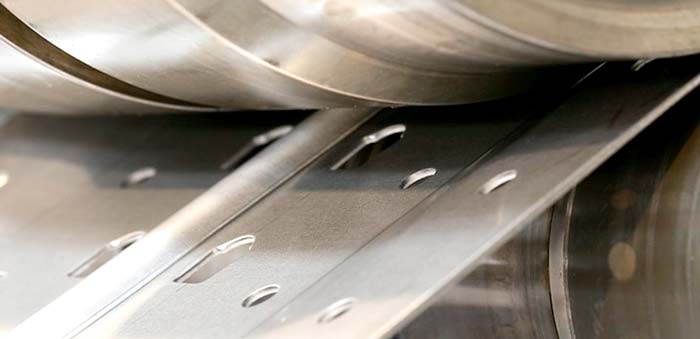
Welding process
Welding between the beam profile and the connectors is one of the key components of an industrial racking system. Automated manufacturing systems provide uniform welds and excellent surface finishes. Subsequently, any possible defects in this operation are discounted if all welded components are subjected to final control.For industrial racking systems, the welding process must comply with the ISO 3834-2 requirements for the quality of fusion welding of metallic materials.
Surface treatment of rack components
Beams, columns and frames must best suit the customer's needs, product characteristics and/or environmental conditions. Therefore, columns and beams may have one of the following finishes.
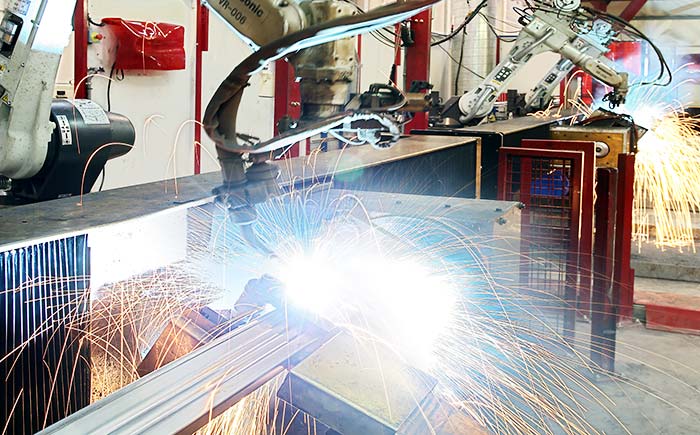
Pre-galvanized upright.
For those parts that are more difficult to replace, such as uprights and parts that are more susceptible to scratches. The pre-galvanized finish ensures optimal resistance.
Lacquered.
The crossmember can be both pre-galvanized and painted, thus increasing the visual contrast with the uprights and diagonals and thus facilitating the work of the forklift operator.If the beams and some other accessories require a painted finish, an automated process is implemented where they receive a treatment with a synthetic ceramic compound nanotechnology product and are washed with 100% permeable water prior to the degreasing stage. This eliminates the possibility of impurities that could cause corrosion.
The paint is poured through an electrostatic application in an automatic spray booth. Thus, it is sprayed with epoxy polyester and then oven compacted.
Industrial shelves that meet the highest quality parameters usually have a2 - s1, d0 paint certification in accordance with UNE EN ISO 13501, which specifies the fire reaction and fire resistance of building products and building elements.
Hot-dipped galvanized beams.
Beams can also be produced with a hot-dipped galvanized surface, whose main characteristic is its high resistance to extreme conditions, since the main advantage of hot-dip galvanized components is the avoidance of rust and corrosion, humidity and environmental pollution that can lead to industrial racking steel components.
Packing of columns and beams
The final stage of the racking manufacturing process, it is also usually automated to ensure a uniform surface finish and provide excellent impact protection during the handling and shipping stages.At this stage, the columns and beams are stored in packages. Subsequently, each package is fitted with plastic to ensure that the product arrives at its destination protected from damage to the material during handling and transportation. Finally, the packages are arranged together for storage and delivery using polyester strips.
Product Storage
Finally, finished products must be stored temporarily in a facility close to the manufacturing process. Inventory management of finished products may vary depending on the company, the type of product, or external factors affecting the market at the time.
Further Reading:
The Advanced Guide to Mezzanine Floor Rack
How can I reduce item drops in a mezzanine racking system?
Main features and application scenarios of steel shelving & racking
Pallet rack safety pins: big return on small investment
How does wire mesh decking for pallet racking help companies save money?
-

-
 +86 18006010205
+86 18006010205 -
 +86 18006010205
+86 18006010205
 0
0







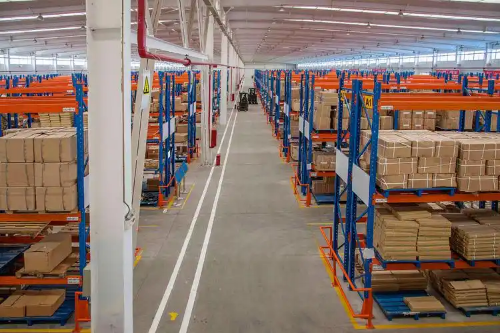
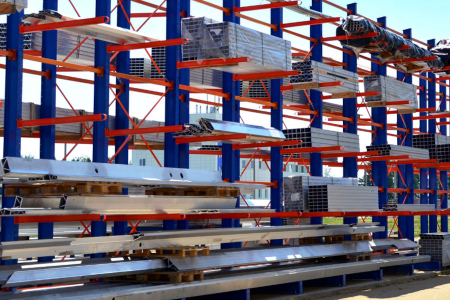
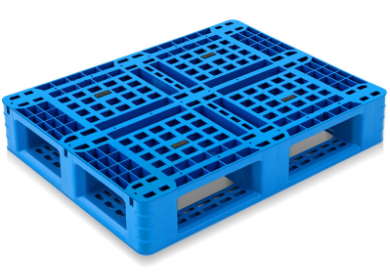
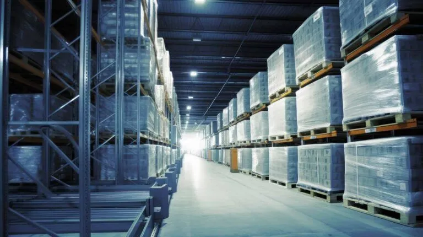
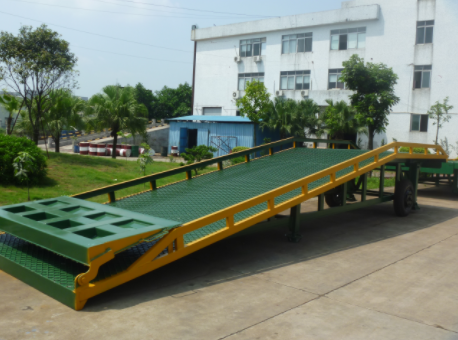






 link:
link:




